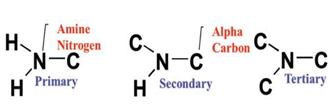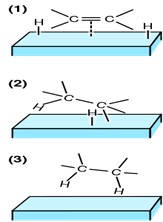

14th October 2022 (10 Topics)
Context
Recently, the NTPC Vindhyachal in Madhya Pradesh Limited has taken an initiative to capture carbon as electricity production by coal accounts for 40% of the CO2 emissions.
About
- India stands third among the GHG-emitting countries in the world, emitting 2,310 megatons of CO2 in 2019.
- These scenarios necessitate the mitigation of GHG reduction in the country to combat the effects of climate change.
- The pioneer project of a carbon capture plant installed in NTPC Vindhyachal is in line with this. Which is designed to capture 20 tonnes of CO2 per day.
- It uses modified ‘tertiary amine’ to capture CO2 from flue gas from fossil-fired power plants, with a purity of more than 99 percent.
- Tertiary amine (3oamine): An amine in which the nitrogen atom is directly bonded to three carbons of any hybridization. Which cannot be carbonyl group carbons.

- CO2 will eventually be integrated with hydrogen to produce 10 tonnes of methanol per day through a catalytic hydrogenation process.
|
-
- Currently, there are no Carbon Capture, Utilisation, and Storage (CCUS) projects in the pipeline in power plants for carbon capture in India.
The Carbon Capture, Utilisation, and Storage (CCUS) Technique:
- Carbon capture, utilization, and storage (CCUS), also referred to as carbon capture, utilization. Sequestration is a process that captures carbon dioxide emissions from sources, like coal-fired power plants, and either reuse or stores them. So, they will not enter the atmosphere.
- Carbon dioxide storage in geologic formations includes oil and gas reservoirs, un-mineable coal seams, and deep saline reservoirs. Structures that have stored crude oil, natural gas, brine, and carbon dioxide over millions of years.
- The Energy Department supports the research and development of tools to assess environmental fitness. The predictability of future capacity within-proposed geologic storage sites.



